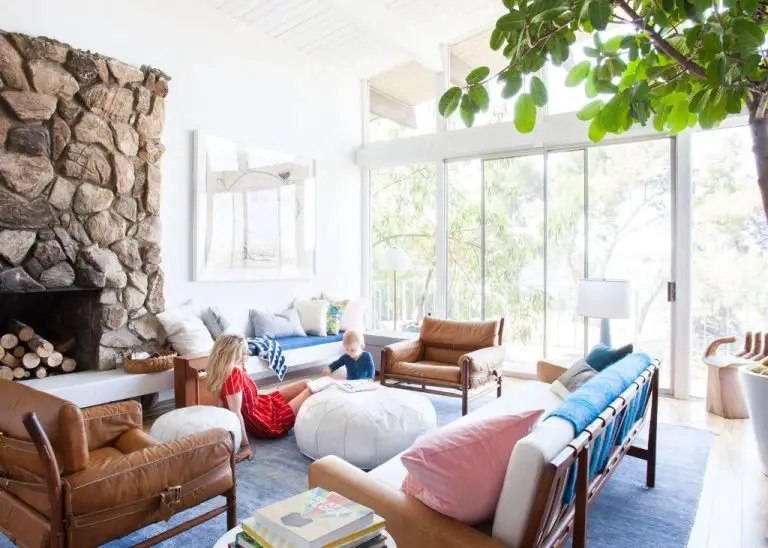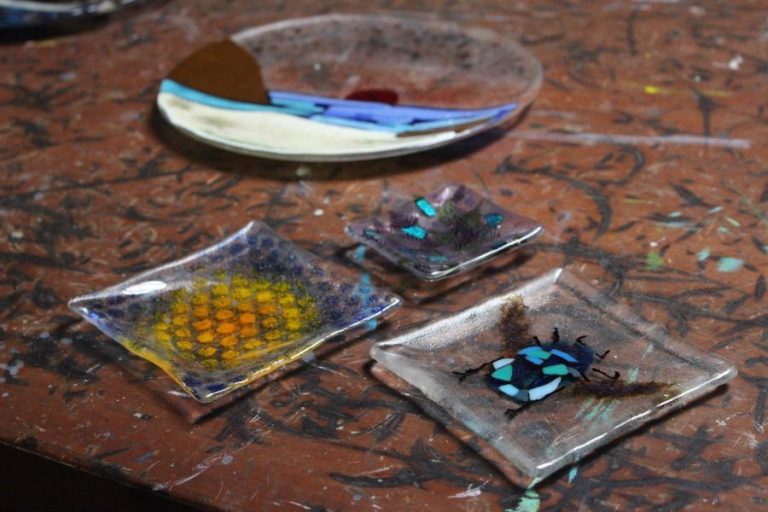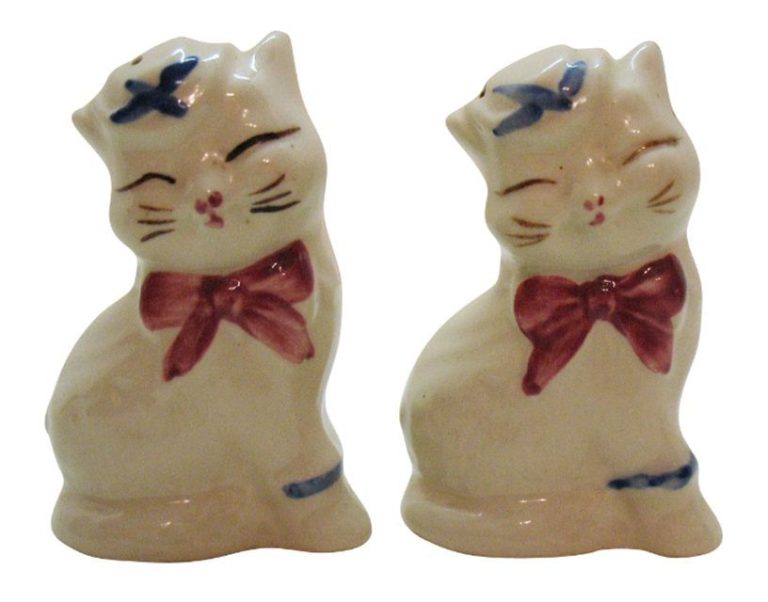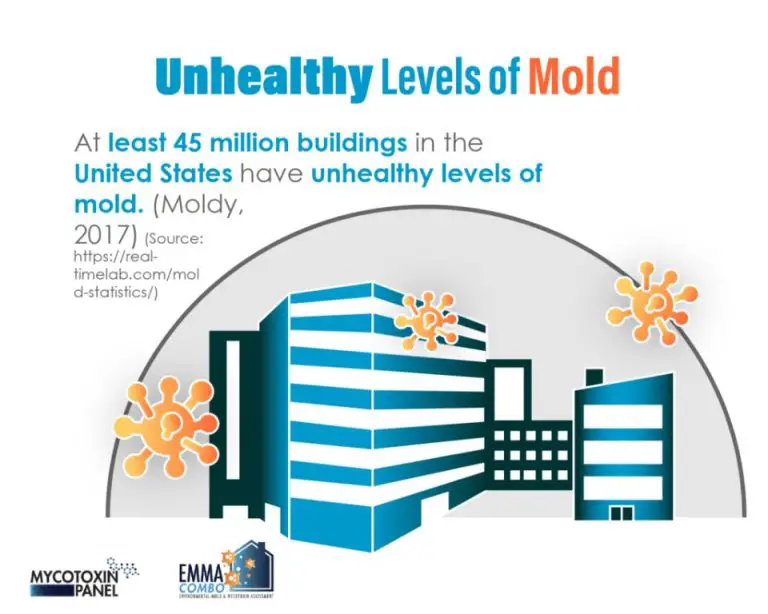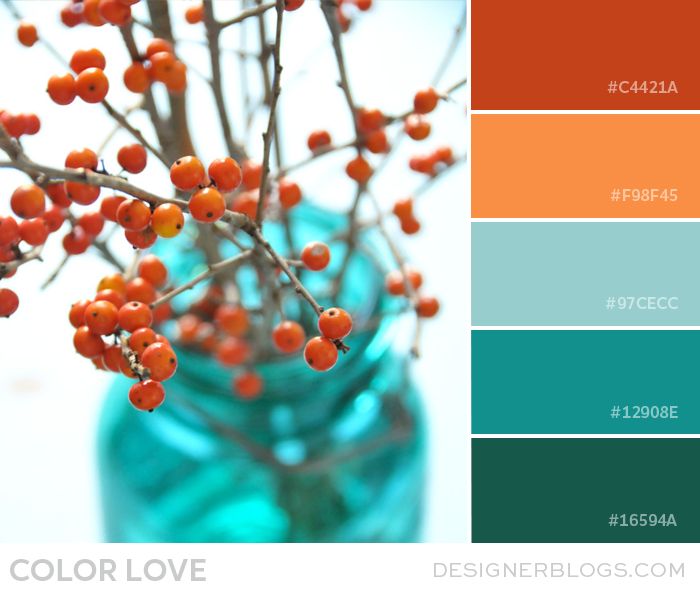How Do You Make Lime Stained Clay In Minecraft?
Lime stained clay is a colorful decorative block that was added to Minecraft in version 1.7. It is made by first crafting lime dye from bone meal and cactus green dye, and then combining the lime dye with regular clay blocks in a furnace to produce lime stained clay.
Lime stained clay is highly useful for builders and creators in Minecraft. The vibrant green color allows for unique architectural styles and accents. It can be used to add splashes of color to floors, walls, roofs, paths, and more. Lime stained clay pairs nicely with materials like sandstone, bricks, glass, and wood logs.
This guide will walk through the full process of gathering clay, making lime dye, and smelting it all into lime stained clay. We’ll also cover design ideas, storage solutions, and troubleshooting tips when working with this colorful block.
Gathering Clay
To start making lime stained clay in Minecraft, the first thing you’ll need is regular clay blocks. These serve as the base material that will be dyed to create the stained clay blocks. Clay can be easily gathered by finding clay deposits and digging them up with any tool.
Some good places to look for clay are near water sources like rivers, lakes, and oceans. Clay generates in wet areas, so exploring these biomes is your best bet for finding large clay deposits. Swamplands and their variant biomes are especially good sources of clay.
In terms of how much clay to gather, it largely depends on how much lime stained clay you want to produce. As a general rule, 1 regular clay block can be turned into 1 stained clay block. So if you want 10 lime stained clay, gather at least 10 regular clay blocks. Having some extra regular clay on hand is recommended in case you make any mistakes in the process.
Making Lime Dye
To make lime dye in Minecraft, you’ll need to combine cactus green and bone meal together in a crafting grid. Cactus green is made by smelting cactus in a furnace, while bone meal is crafted from bones.
The recipe for lime dye requires 1 cactus green and 1 bone meal placed in any arrangement in the 3×3 crafting grid. This will produce 1 lime dye. If you want to make a lot of lime stained clay, it’s a good idea to stock up on both cactus green and bone meal so you can craft multiple batches of lime dye.
Once you’ve crafted the lime dye, you’ll be ready to combine it with white terracotta or white hardened clay to make lime stained clay. Just put the lime dye and clay blocks together in a crafting table.
Smelting the Lime Stained Clay
Once you have gathered some clay blocks and made lime dye, you are ready to smelt them together to produce lime stained clay. The process is simple:
1. Place the clay blocks and lime dye in a furnace. You will need 1 clay block and 1 lime dye to produce 1 lime stained clay.
2. Provide fuel for the furnace, such as coal, charcoal, or wood logs. Coal is the most efficient.
3. After a short time, the lime stained clay will be produced. Remove it from the furnace output slot.
Here are some tips for efficient smelting:
- Use coal as fuel if possible – it burns the longest.
- Smelt clay in batches instead of 1 at a time to conserve fuel.
- Consider constructing an automated smelting system using hoppers, furnaces, and chests.
With a steady supply of clay, lime dye, and fuel, you’ll be able to mass produce large quantities of lime stained clay for all your building projects.
Using Lime Stained Clay
Lime stained clay is a versatile decorative block that can be used for many different builds and projects in Minecraft. Here are some of the best uses for lime stained clay:
- Houses – The bright, popping colors of lime stained clay make for eye-catching exterior walls, roofs, and accents on houses and other structures.
- Paths – Lining paths and roads with lime stained clay adds a fun splash of color.
- Pixel art – With its vibrant palette, lime stained clay is perfect for creating pixel art, signs, and text.
- Terracotta designs – Intricate terracotta patterns and designs can be made using lime stained clay.
- Underwater builds – Lime stained clay helps underwater builds and structures stand out.
In addition to its decorative versatility, lime stained clay has some useful properties to be aware of when building:
- Blast resistance – Lime stained clay has a fairly high blast resistance of 30, so it won’t explode easily from creepers or TNT.
- Non-flammable – It won’t catch fire when exposed to lava or other heat sources.
- Colorfast – The vibrant color stays the same and won’t fade over time.
With both form and function on its side, lime stained clay is one of the most usable decorative blocks in Minecraft.
Decorative Options
Lime stained clay is extremely versatile for decorating in Minecraft. In addition to the standard block form, lime stained clay can also be crafted into a variety of decorative blocks using a crafting table.
Stairs and slabs allow players to add unique shapes, levels, and textures to builds. Lime stained clay stairs and slabs can be used for features like staircases, platforms, roofing, flooring, and more. Half slabs are especially useful for designs with subtle multi-level dimensions.
With stairs, slabs, and blocks combined creatively, lime stained clay can produce beautiful patterns on floors and walls. Checkerboard flooring, pixel art murals, and even complex machines are possible using lime stained clay variants.
Columns, archways, sculptures, and custom modeling can be built from lime stained clay by stacking, connecting, and layering the blocks. Lime stained clay pairs well with both natural blocks like stone and wood, as well as vibrant blocks like colored concrete.
For players who enjoy landscaping, lime stained clay works wonderfully to add color and decorate gardens, patios, paths, and ponds when used as borders, planters, textured ground cover, or accents.
With some imagination, lime stained clay can make any build pop with color and style. The decorative options are nearly endless!
Automated Production
One of the best ways to mass produce lime stained clay is by setting up an automated smelting system. This allows you to smelt large quantities of clay and dye without having to manually feed each item. Here are some tips for setting up automated lime stained clay production:
- Use hoppers to automatically feed clay and lime dye into furnaces. Set up hoppers above and below the furnaces to load items and extract the finished lime stained clay blocks.
- Connect chains of furnaces together so that the lime stained clay output from one furnace automatically gets fed into the next furnace.
- Use hopper minecarts below the furnaces to collect the finished lime stained clay blocks into storage chests.
- Set up an item sorter system after the storage chests to automatically sort and distribute the lime stained clay blocks into larger bulk storage.
Check out some tutorials on YouTube for step-by-step instructions on building automated smelting systems. The basic concepts involve hopper chains, furnace arrays, and minecart collection systems. With the right redstone and hoppers, you can produce stacks of lime stained clay completely automatically.
Automated production is key for large building projects or mass crafting. Set up your own lime stained clay factory and you’ll have unlimited colorful blocks ready for all your creative builds!
Storing and Organizing
When working with large quantities of lime stained clay in Minecraft, having an efficient storage and organization system is key. Here are some tips for managing your stained clay supply:
Tips on Storing Large Quantities of Lime Stained Clay Efficiently
Use chests, shulker boxes, or barrels to store stained clay blocks. To save space, store clay stacks vertically. Place storage near your main crafting or building area for quick access.
Create a dedicated clay storage room with organized chests, signs, item frames, and patterned blocks to label types of stained clay. This keeps everything neat and easy to find.
Store clay in silos, vertical columns with chest access points every few blocks for massive capacity. Place silos near where clay is smelted or used to reduce transportation.
Hoppers and minecarts with chests can automate moving and sorting clay blocks from smelters into organized storage.
Advice on Organizing Dyeing Materials for Convenience
Keep dyes, clay blocks, furnaces, and fuel together in one area for efficient dyeing. Place chests labeled for each dye color next to furnaces.
Plant a garden with flowers and plants used for dye near your workspace. Bone meal can quickly grow large dye supplies.
Setup colored item frames or signs to label chests for different dyes and materials. This makes locating the right supplies fast and easy.
Smelt clay blocks ahead of time so they are ready to be dyed. Stockpile coal, logs, or other furnace fuels so you don’t run out mid-project.
Troubleshooting
If you are having issues creating lime stained clay in Minecraft, here are some potential solutions:
If the lime stained clay recipe doesn’t seem to be working:
- Make sure you are using the right ingredients – clay, lime dye, and fuel (coal, etc). Using dyes other than lime or the wrong base color clay can cause issues.
- Check that the quantities are correct – you need 8 clay and 1 lime dye to make 8 lime stained clay.
- Ensure the clay and lime dye are placed correctly in the crafting table, furnace, or other crafting station.
- Break and replace the crafting station if the recipe still doesn’t work.
If the color isn’t coming out as expected:
- Try using more lime dye – up to 2-3 dye for 8 clay can result in a richer color.
- Make sure you are using lime dye specifically and not another color dye.
- Smelt the stained clay again after adding more dye to intensify the color.
If you are having general technical issues:
- Make sure your game is up to date and you don’t have any conflicting mods installed.
- Restart your game and device to clear any glitches.
- Check the Minecraft community forums for help if it appears to be a wider technical problem.
Following these troubleshooting tips should help get lime stained clay crafting and working properly again.
Conclusion
Lime stained clay offers a fun and easy way to add vibrant colors to your Minecraft builds. With just a bit of clay, fuel, and lime dye, you can create a customized colored clay to suit your design needs.
Some key tips to remember are gathering plenty of clay and lime dye before starting since smelting uses up the materials quickly. Also be sure to have fuel on hand. Coal, charcoal, and logs work well for fueling the furnace efficiently.
Lime stained clay can be used decoration both inside and outside. Popular options are accents on floors, walls, roofs, landscaping features, paths, statues, and more. Mix and match different stained clay colors for beautiful patterns.
With so many potential uses, lime stained clay is a versatile block for adding pops of color and customization to Minecraft worlds. Follow the steps outlined here and you’ll be a pro at making lime stained clay to enhance your builds.

